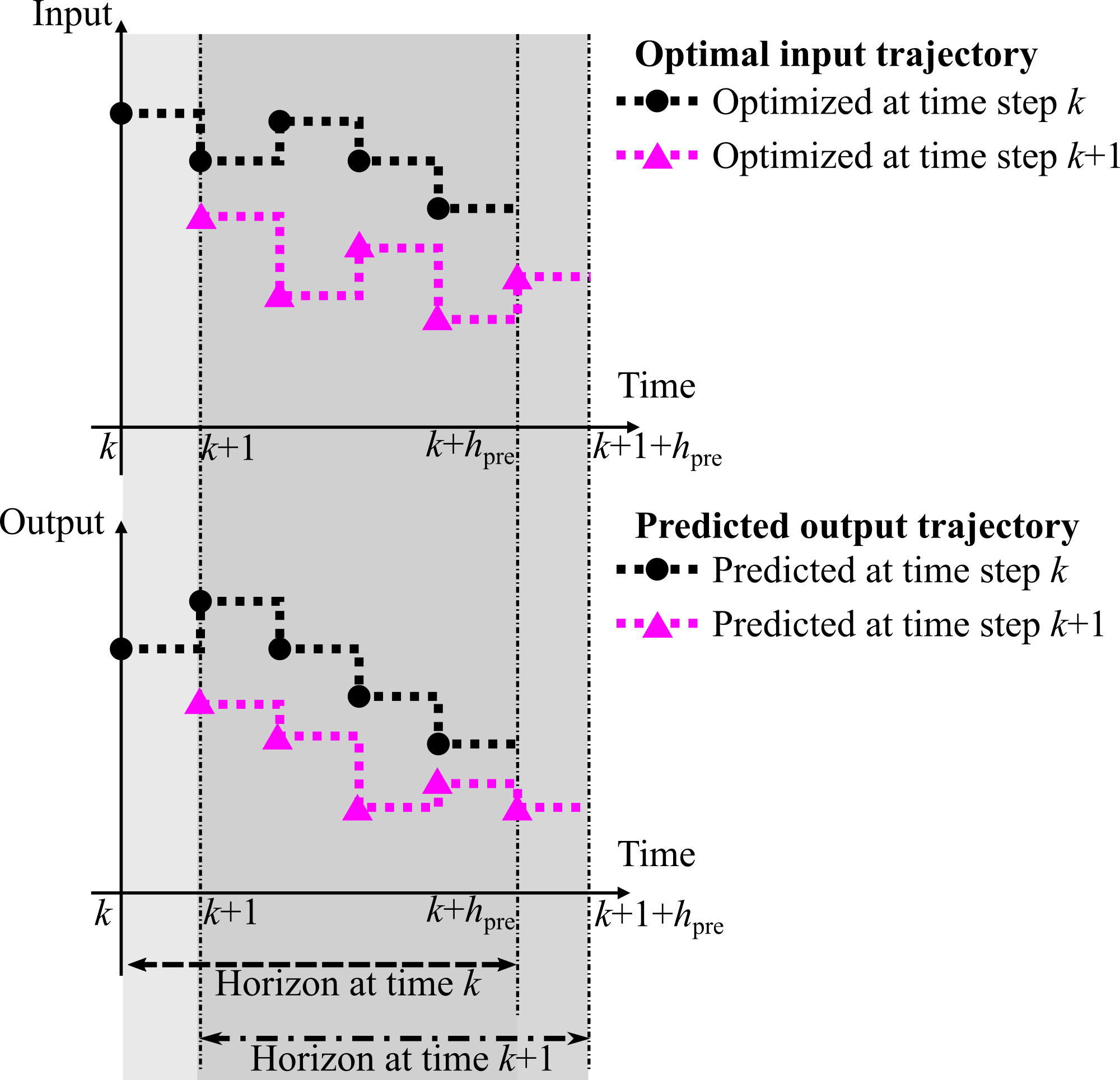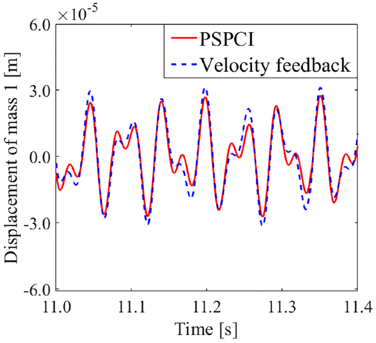Predictive Semi-Active Vibration Control
Large space structures are lightweight and small so that rockets can carry them to the desired orbit and expand to fulfill their intended mission. Due to this particular requirement for space structure, elastic vibration is a critical problem. The vibration of space structures can damage itself and cause problems in the operation of the spacecraft. It is also true that vibration can disturb the micro-gravity environment for scientific experiments.
My research focuses on the semi-active control strategy for vibration suppression of space structures using piezoelectric transducers. This method can balance effective control with small energy consumption. Model Predictive Control (MPC) is used to achieve effective vibration control.
Incorporating MPC into semi-active vibration control enables significant improvements in control performance and robustness. However, it is challenging to directly predict and optimize the input trajectory because the semi-active input has a state-dependent discontinuous nature. To realize effective optimal control, we need a strategy that reasonably predicts the discontinuous semi-active input trajectory and is computationally cost-efficient.
I have been working on formulating the novel strategy, simulation-based validation, and experimental validation.


Publications related to vibration control
- Abe, M., Hara, Y., Otsuka, K., and Makihara, K., “Semi-active Switching Vibration Control with Tree-based Prediction and Optimization Strategy.” Journal of Intelligent Material Systems and Structures, 2022, p. 1045389X221109253.
- Takamoto, I., Abe, M., Hara, Y., Otsuka, K., and Makihara, K. “Comprehensive Predictive Control for Vibration Suppression Based on Piecewise Constant Input Formulation.” Journal of Intelligent Material Systems and Structures, Vol. 33, No. 7, 2022, pp. 901–917.
- Takamoto, I., Abe, M., Hara, Y., Nakahara, T., Otsuka, K., and Makihara, K., “Predictive Switching Vibration Control Based on Harmonic Input Formulation,” Sensors and Actuators A: Physical, Vol. 315, 2020, p. 112271.
